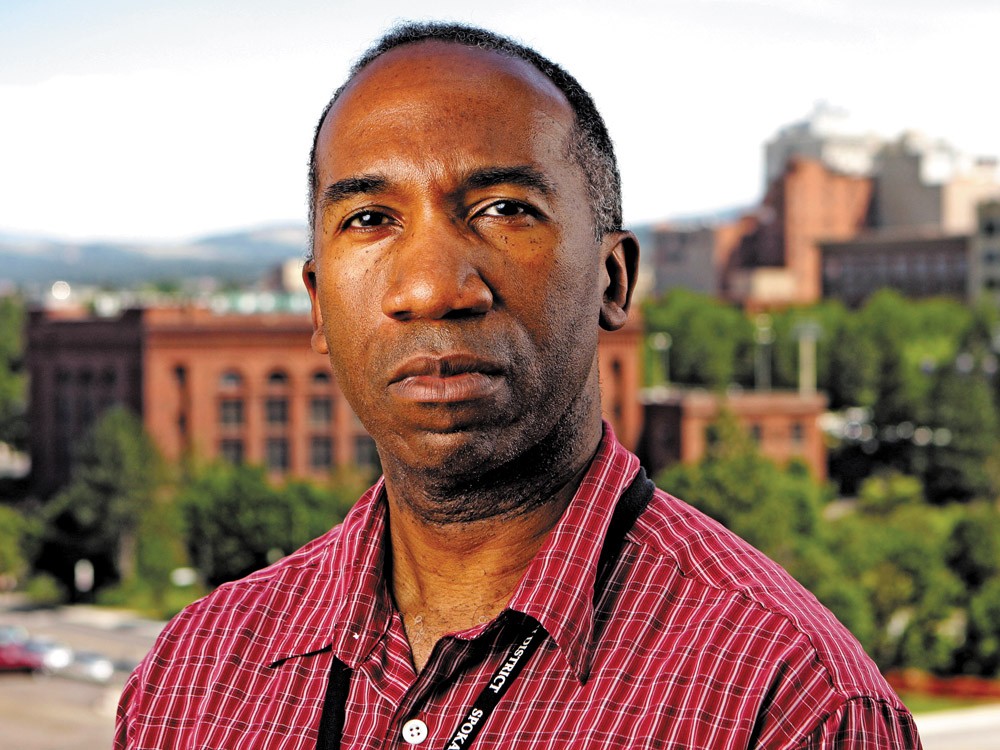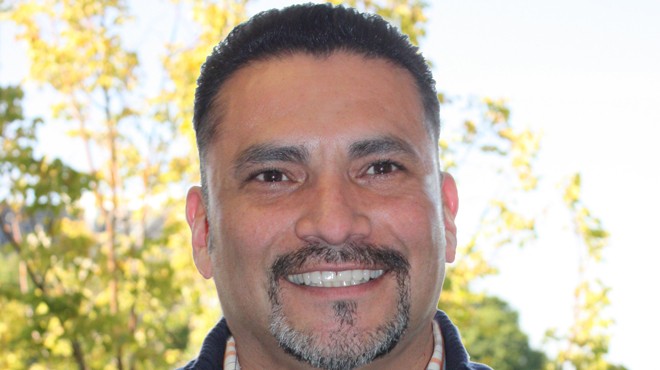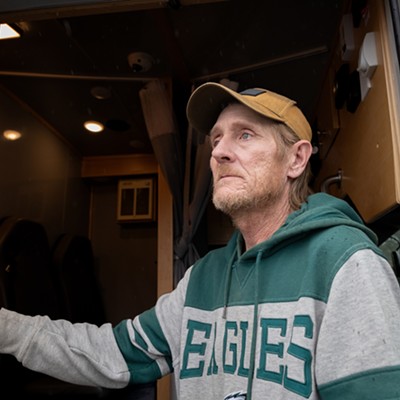Between Spokane’s Riverside and Southgate neighborhoods are four miles of city streets, a freeway and an 18-year difference in how long the residents of each neighborhood will live.
This is one of the conclusions of a Spokane Regional Health District report that quantifies how race, neighborhood, income and education level affect Spokane County residents’ health. The report will be released in June.
“I think one of the bottom-line issues also for the report is an individual’s social position as it relates to all these factors. … Their social position has a lot to do with, ultimately, their health,” says Joel McCullough, public health director for the district. “It’s not just the haves and have-nots … it’s gradients. So everyone is affected by health inequity.”
By analyzing birth and death certificates and the Washington State Population Survey, among other sources, the report shows how a person’s health is affected not just by their access to health care, but by the lives they lead.
A baby born to a mother without a high school diploma, for instance, is 2 1/2 times more likely to die before its first birthday than one born to a mother with a college degree. Diabetes rates among adults who make less than the poverty level are twice as high as those among adults who make 400 percent of the poverty level or more.
And then there’s the gap in life expectancy. According to the report, people in Southgate, which hugs the southeast corner of Spokane’s city limits, live 84 years on average. In Riverside, the neighborhood that encompasses downtown Spokane, it’s about 66 years.
“Such a large gap of 18 years, almost two decades,” says Adrian Dominguez, an epidemiologist for the health district and an author of the report, “it was very disturbing to me.” The Riverside neighborhood also leads the county in deaths related to liver disease, heart disease, suicide and unintentional injuries like falling.
“We know [the cause] of cardiovascular disease — it’s unhealthy eating, lack of exercise,” Dominguez says. “Riverside probably has one of the densest areas of fastfood restaurants.”
Some problems require addressing culture rather than commerce, Dominguez says. He points out the finding that women in the West Central neighborhood are 17 times more likely to smoke while pregnant than women in the Manito neighborhood. (West Central also leads the county in teen pregnancy rates.)
“Why is it OK for women to smoke in West Central … whereas if you go to Manito or an affluent area, maternal smoking is not present?” he asks.
The report is short on reasons for the health disparities in the county. Rather, Dominguez hopes that it acts as a stepping-stone to push governments to address the factors that lead to the inequities — from students dropping out of school to streets that lack sidewalks.
“Ultimately, we all die,” Dominguez says. “But the pathway that we all take, it either could be the healthy way, or it could be we’re constantly sick [and] constantly taking medication.”






















